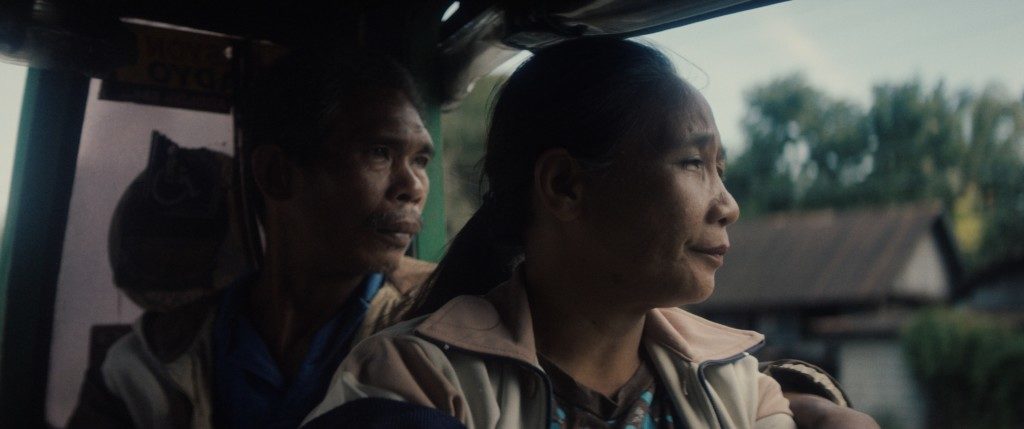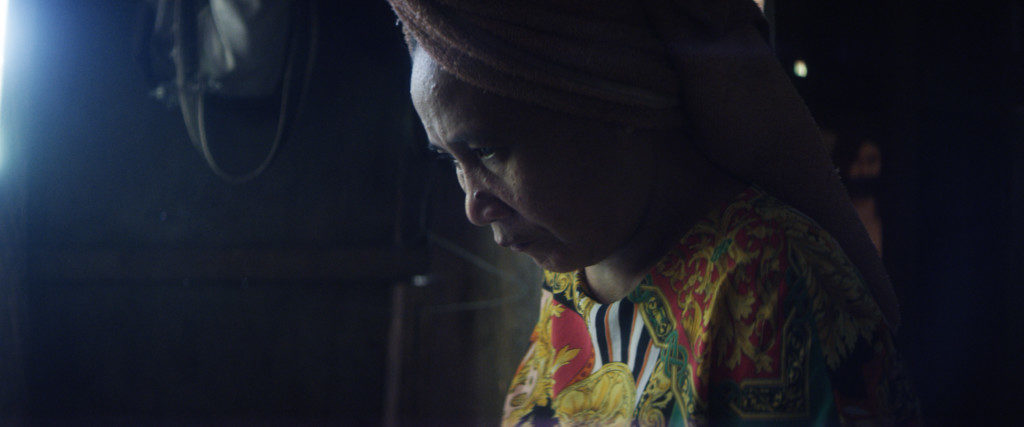At the center of Cole Sax’s short documentary Second Sight, the story of Virgilio and Joanly Lahioan and their four children in the Philippines eloquently conveys the human impact of broad questions that researchers have sought to answer by empirical evidence. Does poverty perpetuate poor health? Does poor eye health deepen poverty? How and why?
Joanly, in her forties, is blind with cataracts. Her husband has taken up her responsibilities of managing the household. Their children also have taken up work to augment their father’s income. While the cost of living in the Philippines is comparably lower than other countries in the southeast Asian region, many families such as the Lahioans survive on the equivalent of $300US per month to provide their basic food and nonfood needs.

The family is worried that Joanly will never be able to see again but Virgilio and the children rely on their unconditional love for each other and their sincere Catholic faith to sustain them. They certainly do not wear their daily burdens externally. And, Sax captures magnificently the family’s dynamics that drive the documentary’s core theme.
Joanly’s sight is restored by a simple cataract removal operation lasting no more than 10 minutes that is minimally invasive and requires a short recovery. The procedure, which costs just the equivalent of $25-$50US, is called manual small-incision cataract surgery. Joanly’s joy is shared not just among family members but by a packed room of patients waiting for their appointments.
In 27 minutes, Second Sight covers cogently and adeptly multiple layers of the issues and factors that encompass the burden of blindness and vision impairment in developing countries. Researchers estimate that at least 80% of cases, such as Joanly, are reversible and curable, especially as cataracts rank high among the main causes of blindness or impairment.

For families like the Lahioans, cataracts and other eye health problems can occur disproportionately. And, as Sax makes clear in the footage, conditions of poverty can be exacerbated because individuals lack access to opportunities and health care services that we often take for granted in the U.S.
Scenes in the film underscore well documented realities, such as geographical barriers that limit access to critical services. Clinics are bursting with patients. The Lahioans are unsure about the prospects of their beloved matriarch being able to see again.
Sax is an award-winning Utah filmmaker who spent eight months producing the award-winning documentary show Far From Home about the Olympic aspirations of six athletes. In Second Sight, he effectively frames the counterpoint in the available solution, as emphasized by the film’s connection to SEE International that has traveled to more than 40 countries, offering clinics and surgeries to patients who also have been able to regain their sight.
Viewers are introduced to Dr. Jeffrey Levenson, an ophthalmologist who is the organization’s chief medical officer, and Dr. Federico Malubay, an ophthalmologist who has been leading efforts for decades to ensure communities in the Philippines have access to surgery and other eye health services. Their humble selflessness is evident, as exemplars of physicians who see sincere dedication to patients as their utmost obligation.
Amidst the chaos in a cramped space where large numbers of patients wait to be treated, the doctors remain supremely calm. A notable moment is when the power goes out briefly during a surgical procedure but with the aid of the flashlight app on a mobile phone, Dr. Malubay proceeds effortlessly.
Sax and his team did all of the preliminary research stateside, as they considered dozens of leads for stories to feature in the film. In selecting the Lahioan family, Sax says, in an interview with The Utah Review, “their positive spirit really popped.”

They had 10 days to shoot the film on location. During production, the doctors completed 300 surgeries in 10 days at the Filipino clinic. This is not uncommon for SEE International. In one week last summer, the organization ran nine clinics in six countries, including the Dominican Republic, Ecuador, Honduras, Namibia, Togo, and Vietnam, reaching a total of at least 1,000 patients.
The film was shot both on 35-mm and 75-mm and the crew was able to capture the surgery at close range. In some scenes, the viewer experiences the sensation of blurred and impaired vision, an effect the filmmakers achieved by smearing Vaseline on the lens.
Second Sight simultaneously achieves a compelling statement of clinical and emotional importance of SEE International’s mission. Sax says that plans are to expand the documentary into a feature-length film. The crew included co-producer Phil Hessler; Jacob Callaghan, director of photography; Cam Boll, editor; Jack Hessler, assistant director, and Aiden Ulrich, assistant camera/camera operator.
The film has screened at several film festivals. Sax also received a fellowship from the Salt Lake Film Society’s MAST media accelerator studio program.
For more information about Second Sight, including an option to donate, see the SEE International website.

